Brewing grains, also known as malt, are the “backbone” of beer, providing the fermentable sugars, flavor, aroma, and color. While a variety of grains can be used, barley is the most common because its natural husk acts as a great filter during the brewing process.
Before brewing, grains must undergo a key process called “malting.” This process involves soaking the grains in water to encourage germination, and then drying them in a kiln to halt the sprouting. The temperature and duration of the kilning process determine the color and flavor of the malt, ranging from light-colored Pilsner malt to dark chocolate malt, with flavors ranging from a light grainy sweetness to rich coffee and roasted notes.
In addition to barley, other grains like wheat, rye, oats, and corn are also widely used. For example, wheat malt can give beer a fuller body and a more stable, creamy head; rye can add a spicy and complex flavor; and oats can create a smooth, satiny mouthfeel.
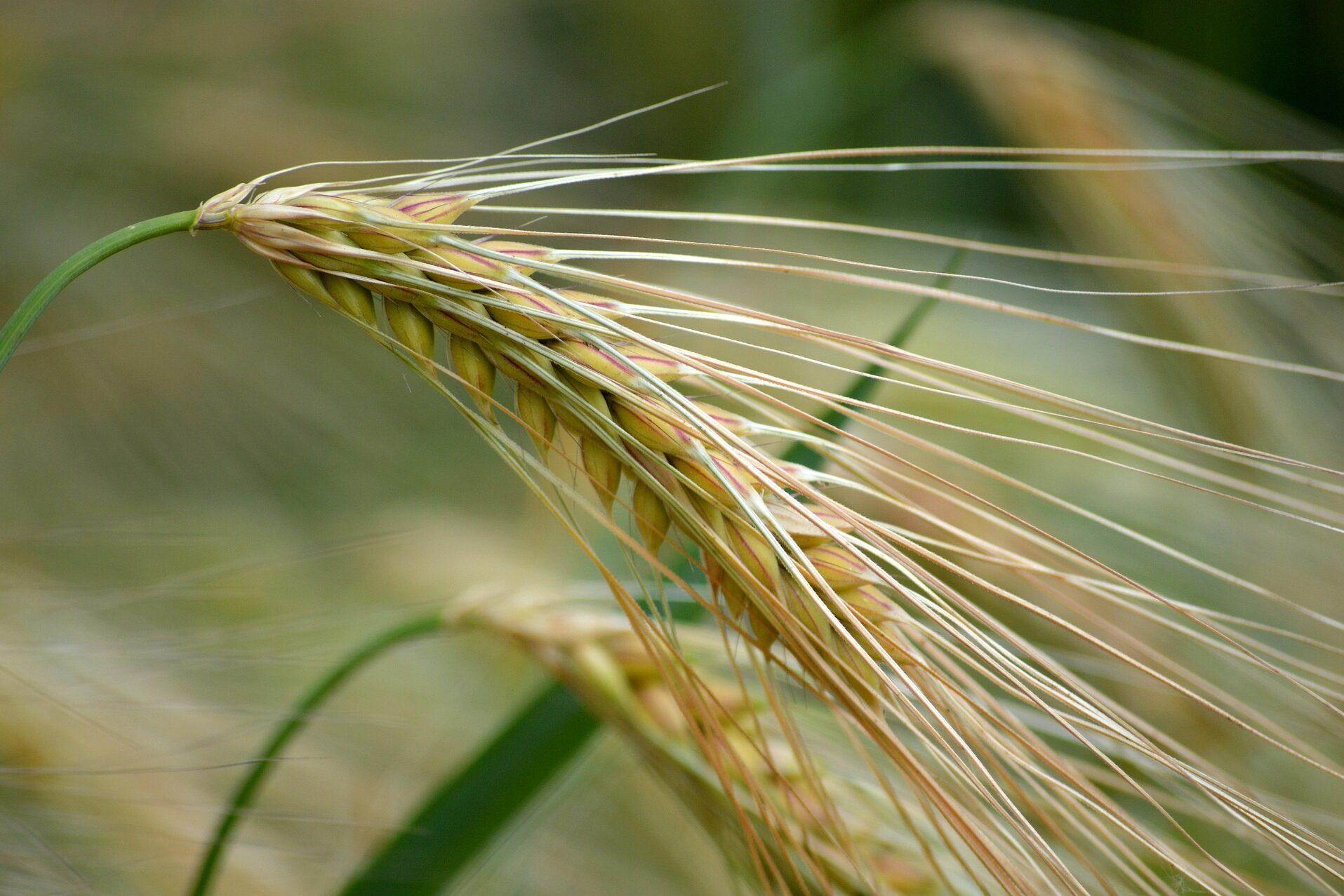
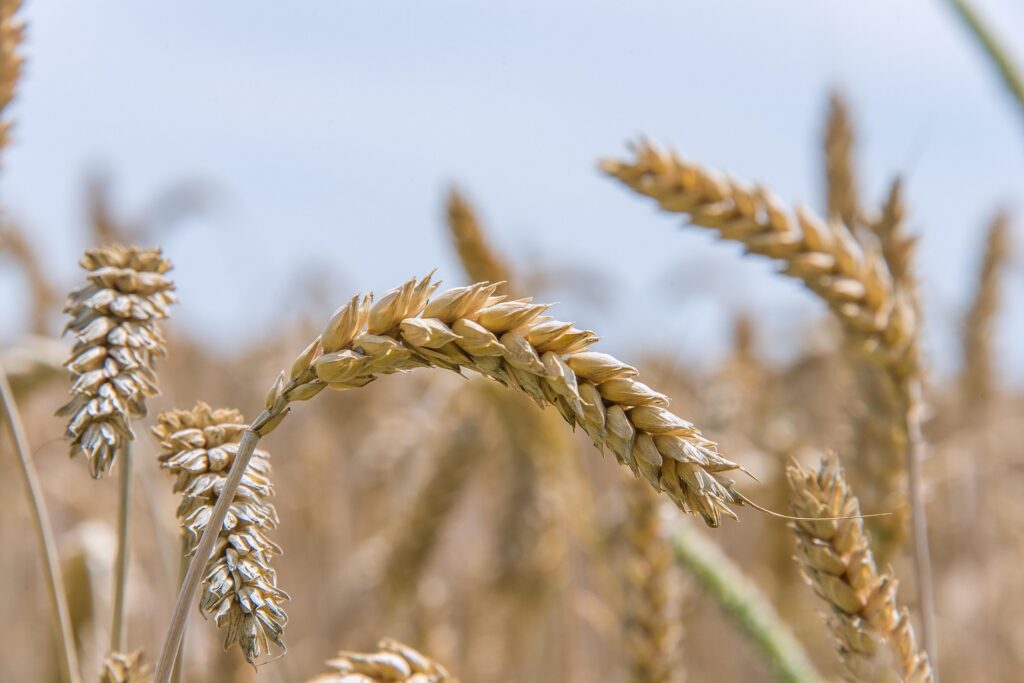
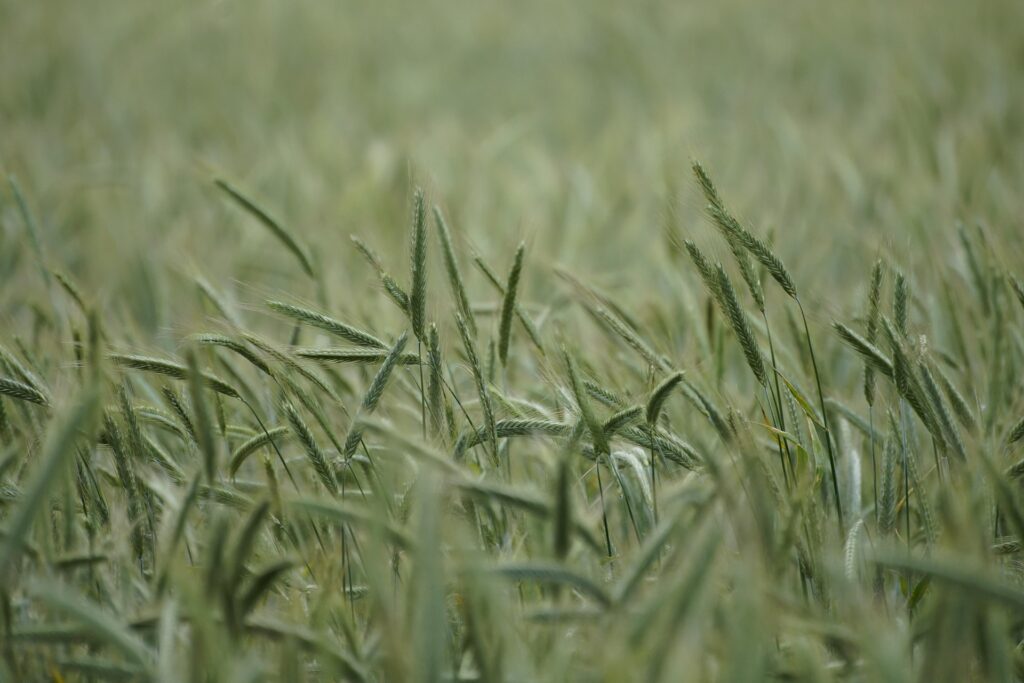
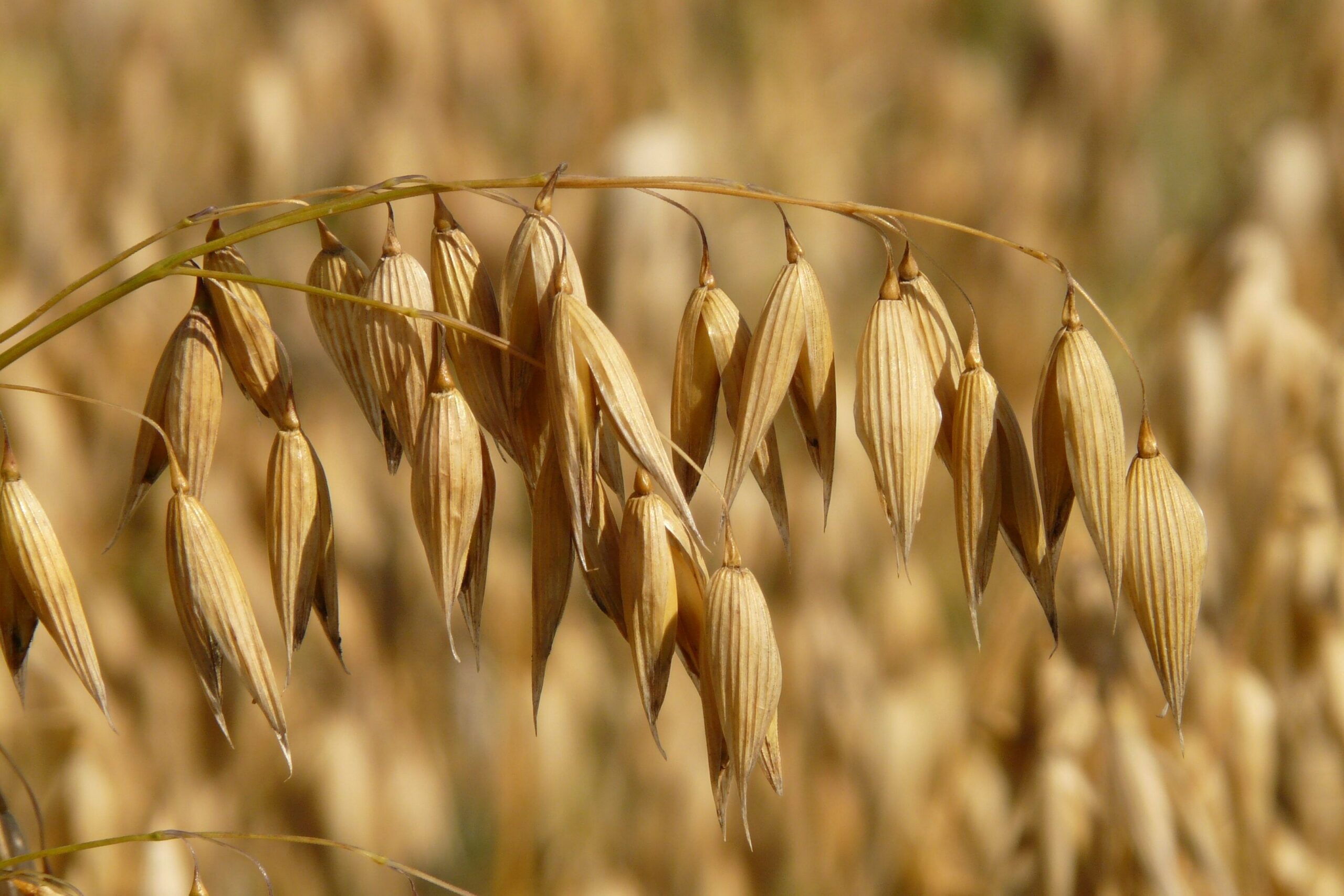
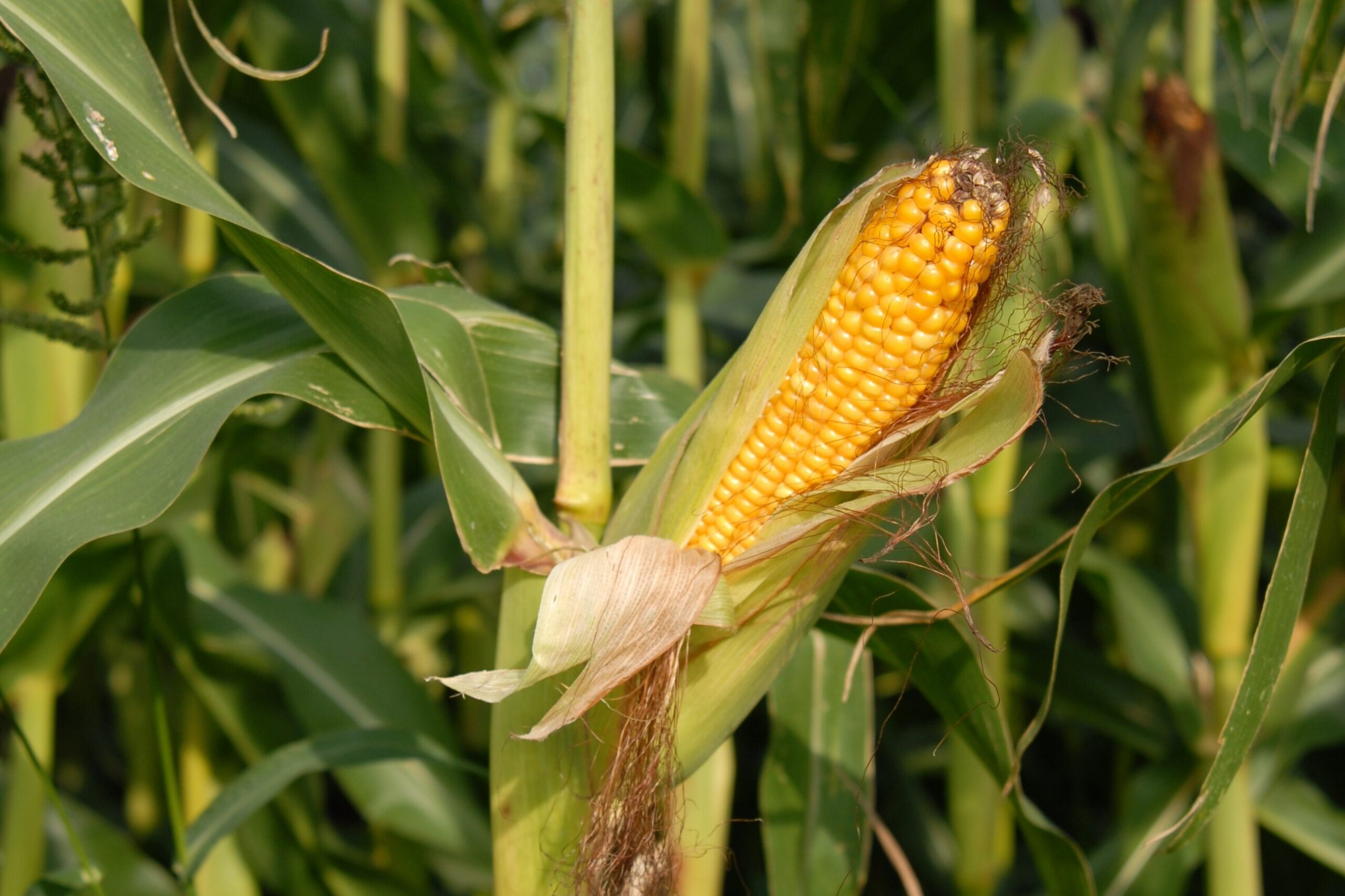
Brewing grains are closely tied to the famous German Beer Purity Law, the Reinheitsgebot. The original 1516 law dictated that only water, barley, and hops could be used for brewing. Yeast was not initially included because its role was not yet understood. A key reason for this law was to ensure that more valuable grains like wheat and rye were reserved for bakers, thus securing the supply and price of bread. Although the law has been modified over time, it remains a guiding principle for many German brewers and has become a symbol of “pure” and “high-quality” German beer.
The transformation of grain into malt, especially during the kilning stage, is a key process that determines the final malt’s flavor, color, and enzyme activity. Based on the temperature, time, and method of kilning, malts can be divided into several major categories:
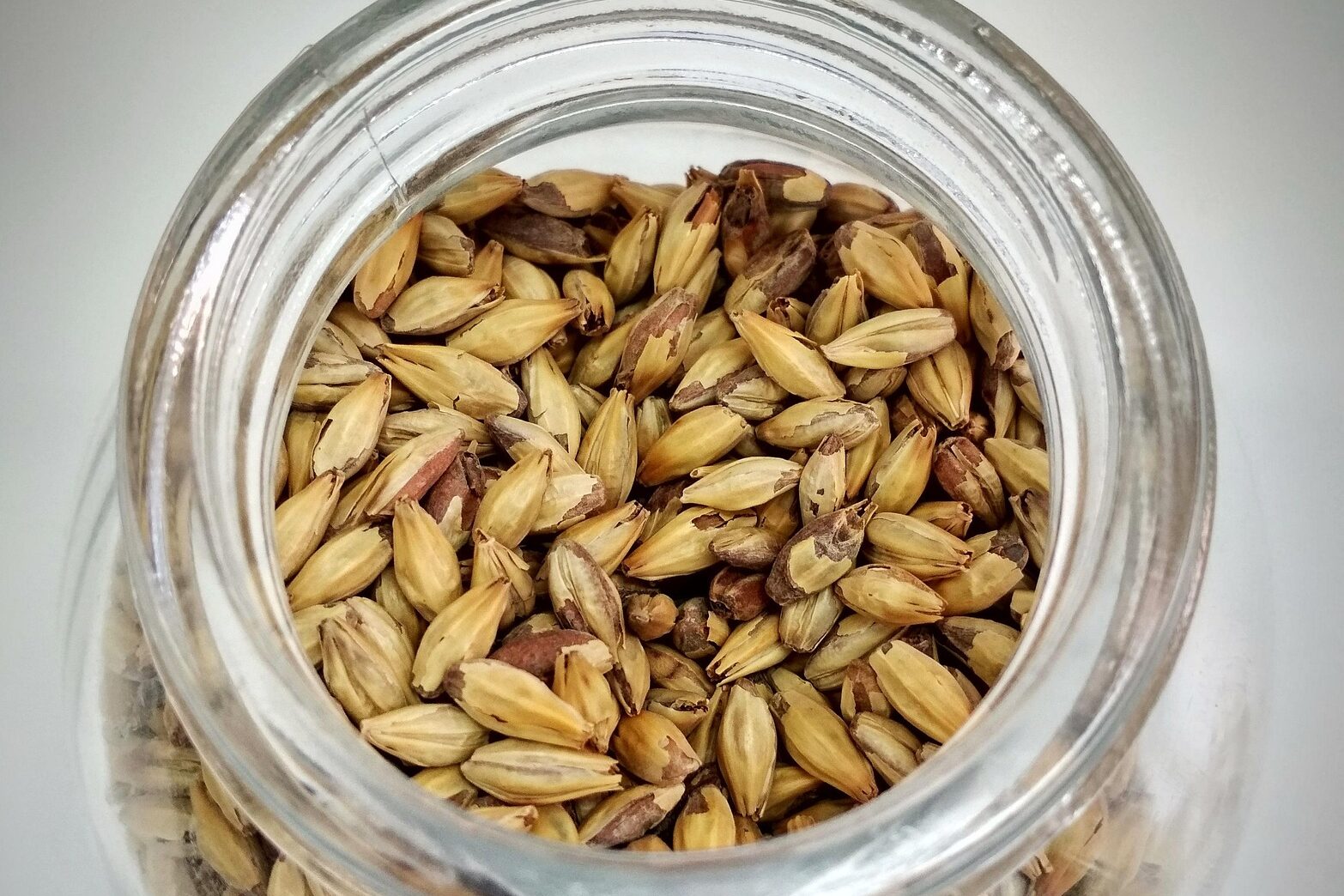
1. Base Malts
These malts are the primary ingredients for brewing, providing most of the fermentable sugars. They are characterized by low kilning temperatures, resulting in a light color and high enzyme activity.
- Pilsner Malt: Kilned at the lowest temperature, typically 70-85°C. It has the mildest flavor, with cereal and a hint of honey aroma, making it the preferred choice for producing Pilsner and other pale lagers.
- Pale Malt: Kilned at a slightly higher temperature, usually between 80-90°C, but can go up to 100°C. It is darker in color than Pilsner malt and has a more robust flavor with bready and biscuity notes. It is the foundation for English ales and many American beers.
2. Specialty Malts
Specialty malts are primarily used to provide color, flavor, and aroma, and typically make up only a small portion of the total grain bill. They can be categorized by their production process:
- Caramel/Crystal Malts
- Production Method: After the germination stage and before kilning, these malts are “mashed” in a high-moisture, high-temperature environment to convert their internal starches into sugars. They are then directly kilned.
- Kilning Temperature: Typically between 120-170°C. The higher the temperature, the darker the color and the more intense the flavor.
- Flavor Profile: Impart caramel, toffee, nutty, raisin, and roasted flavors to the beer. Lighter varieties are sweeter, while darker ones are more complex with increased roasted and nutty characteristics.
- Roasted Malts
- Production Method: These malts are exposed to very high temperatures during the kilning stage.
- Kilning Temperature: Usually above 200°C, and can go as high as 250°C.
- Flavor Profile: Give beer intense roasted, coffee, chocolate, or dried fruit flavors. They are typically used in small quantities for brewing dark beers like Stouts and Porters.
- Black Malt and Chocolate Malt: These are kilned at the highest temperatures, providing an extremely dark color and a strong chocolate/coffee flavor, respectively.
- High-Kilned Malts
- Production Method: The kilning temperature for these malts is between that of base malts and roasted malts.
- Kilning Temperature: Generally between 110-150°C, which promotes the Maillard reaction.
- Flavor Profile: Impart strong malty, bready, and biscuity notes. Munich Malt and Vienna Malt are classic examples, commonly used in German beers like Dunkel and Märzen.
Leave a Reply
You must be logged in to post a comment.